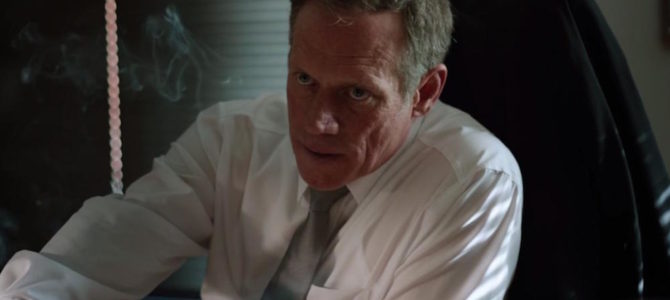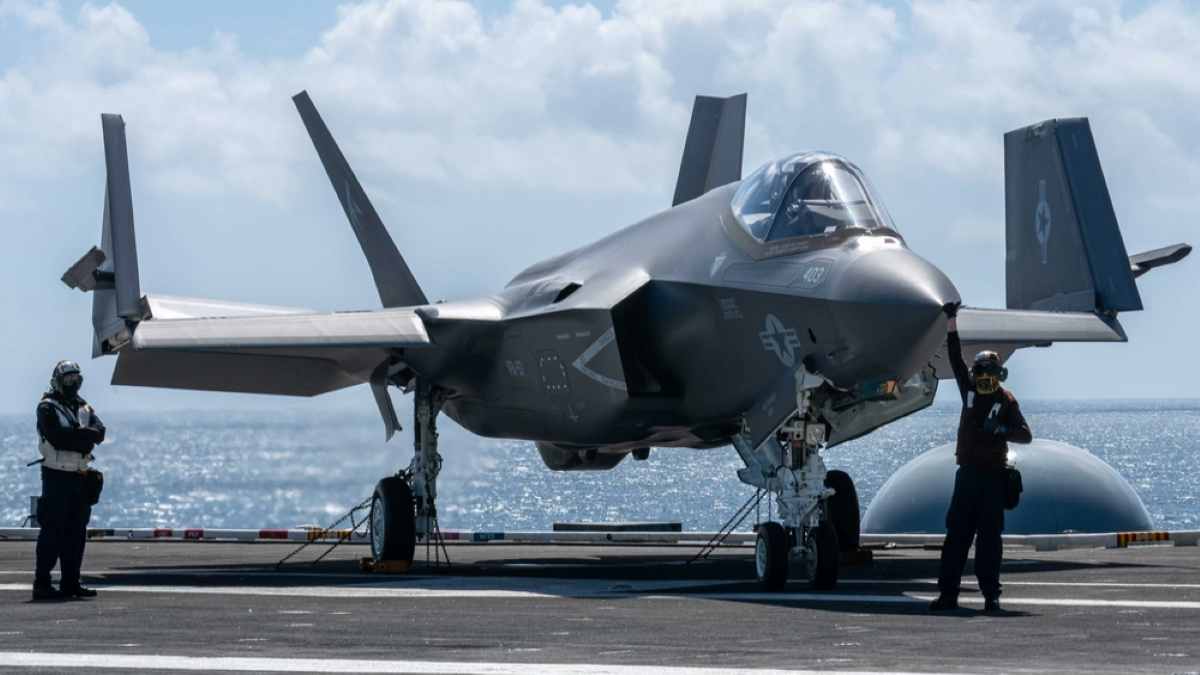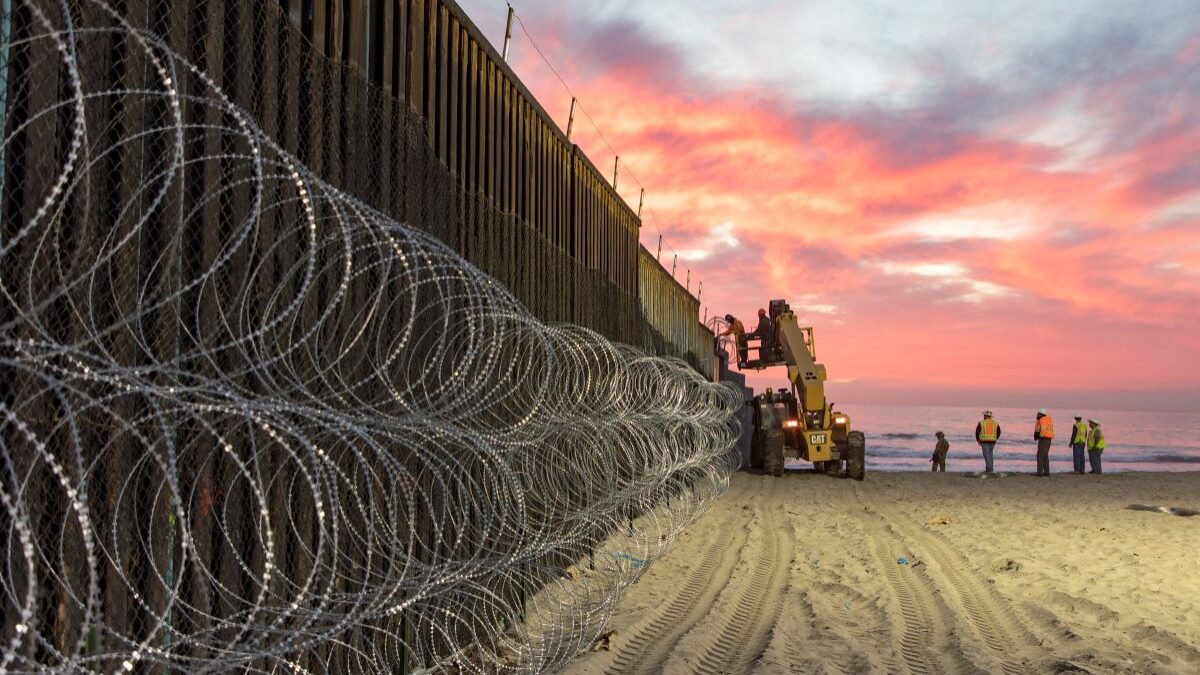In an article published Friday, The New York Times outed the Central Intelligence Agency’s (CIA) top spy overseeing the organization’s efforts in Iran. The paper justified its outing of the undercover CIA spy and his role within the agency by saying it was necessary since the agent is “leading an important new administration initiative against Iran.”
Yes. That really happened.
In an article entitled “C.I.A. Names New Iran Chief in a Sign of Trump’s Hard Line,” the newspaper of record revealed that Michael D’Andrea, who previously led the hunt for Osama bin Laden, will now be in charge of the agency’s operations in Iran.
As the Times explained in its report, Iran is “one of the hardest targets” for the CIA to keep tabs on.
“The agency has extremely limited access to the country — no American embassy is open to provide diplomatic cover — and Iran’s intelligence services have spent nearly four decades trying to counter American espionage and covert operations,” the article noted.
So the Times has apparently made it the newspaper’s mission to make the agency’s work much more difficult and far more dangerous by publicly identifying the man in charge of its covert operations in the Persian country. The paper’s rationale? The report’s authors claimed that because the newspaper already outed D’Andrea in 2015 as the official in charge of a CIA drone program, ignoring desperate pleas from the CIA at the time to keep his name secret in order to protect both the agent and overall national security, it was kosher to out him as the agency’s new Iran chief in 2017.
Here’s what the Times article says (emphasis added):
The C.I.A. declined to comment on Mr. D’Andrea’s role, saying it does not discuss the identities or work of clandestine officials. The officials spoke only on the condition of anonymity because Mr. D’Andrea remains undercover, as do many senior officials based at the agency’s headquarters in Langley, Va. Mr. Eatinger did not use his name. The New York Times is naming Mr. D’Andrea because his identity was previously published in news reports, and he is leading an important new administration initiative against Iran.
The bolded portion of the excerpt above links to a piece dated April 25, 2015, in which D’Andrea is identified as the man in charge of growing the CIA’s drone programs in Yemen and Pakistan. But the paper’s real reason for outing D’Andrea, who was depicted as a character known only as “The Wolf” in the film “Zero Dark Thirty,” is that he’s an Iran hawk likely to oppose the previous administration’s attempts to normalize the nation by giving it billions of dollars, trading it terrorists for hostages, and blessing its nuclear program.
The Times‘s flimsy rationale doesn’t make sense. Just because the paper said he was in charge of handling drone strikes in a few other countries in a two-year-old article doesn’t justify outing him as the CIA’s top spy in a country that is now considered to be the world’s leading state sponsor of terrorism.
As The Israel Project’s Omri Ceren pointed out on Twitter, the fact that the CIA officials who spoke to the Times did so under the condition of anonymity because D’Andrea is still undercover means that the newspaper article is indeed outing him. And his safety is now likely in jeopardy thanks to the Times.
https://twitter.com/omriceren/status/870700548676239360
https://twitter.com/omriceren/status/870690482816339968
In 1984, longtime CIA operative Bill Buckley, who was working as the agency’s station chief in Lebanon, was kidnapped by Hezbollah and tortured to death. In 2011, over a dozen CIA spies were captured in Lebanon by the terrorist group Hezbollah. The spies were reportedly working to uncover details about Iran’s nuclear program at the time. In 2010, the CIA’s bureau chief in Afghanistan, who was at the time tracking down leads on the whereabouts of Osama bin Laden as well as Al Qaeda cells throughout the world, was forced to leave the country after his name was released. And just a year after that, the Obama administration accidentally included the name of the CIA’s Kabul station chief in a press release, exposing the undercover agent to possible kidnapping or assassination by Islamic terrorist groups.
In 2003, after the name of CIA employee Valerie Plame was revealed in an article by journalist Robert Novak, congressional Democrats demanded criminal investigations and eventual prison time for the individual responsible for leaking Plame’s name. No elected Democrats have yet called for a criminal investigation to determine who illegally leaked the name of the CIA’s top spy overseeing U.S. efforts in Iran.








